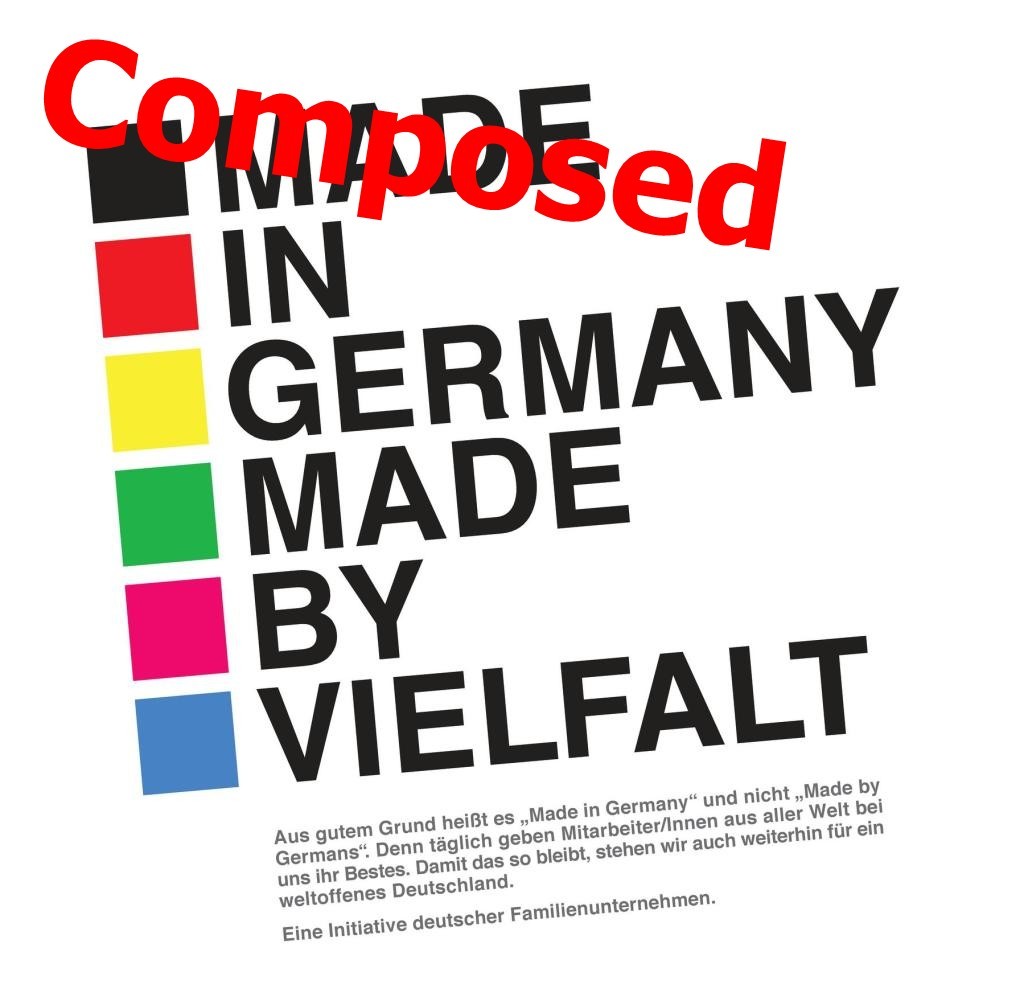Composed in Germany

Porcelain is an end product that gets its shape and stability from many different raw materials and very different manufacturing processes. German porcelain factories - as well as all other manufacturers - obtain their raw materials from the same sources and countries as most international brands and producers.
- China (Kaolin & Clay)
- India (Tone and others)
- New Zealand (alumina, zirconia, etc.)
- Thailand (feldspar and others)
- Germany (kaolin and others)
- France (quartz, glazes, etc.)
- Australia (Alumina)
- and many more.
The majority of the most important machine manufacturers - outside of China - for porcelain production are owned by the Italian SACMI Group from Italy. Germany's largest supplier of the most important raw material for porcelain production - natural gas - is Russia. In our opinion, the term "Made in Germany" is therefore far less accurate than "Assembled in Germany". If one refers the designation "Germany" to an actual original origin, there remain
- German History/Chronicle
- German headquarters
- German employees (partial)
- German tax burden
- German design
- German quality management
With this in mind, it would not be wrong for Holst Porzellan to also advertise with "Made in Germany". But we do not!
Holst Porzellan utilises its international manufacturing expertise, which has grown over decades, to offer five different types of porcelain in three different quality levels for the widest possible and most diverse range of commercial end users.
